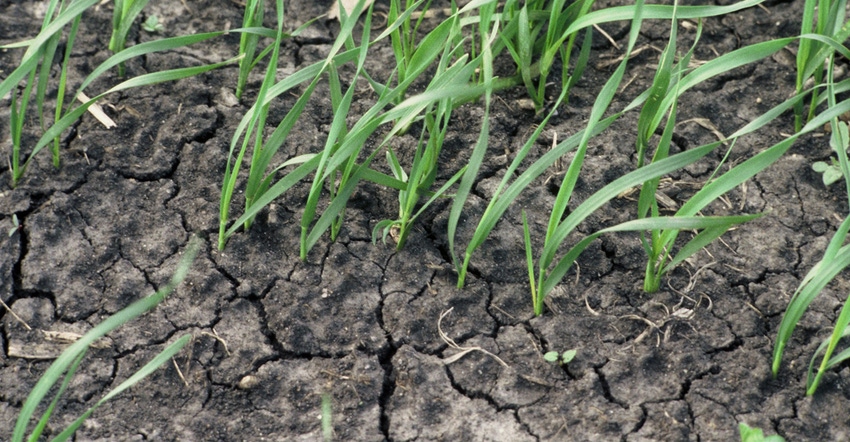January 24, 2018

How heavy should the new spring wheat varieties be seeded?
In 2016, North Dakota State University and University of Minnesota researchers concluded a large multi-year, multi-location experiment to determine optimum seeding rates. Although the varieties used in this study were not the most recent or most popular varieties, they had known traits and genes that helped the researchers help us develop models to predict an optimum seeding rate for new varieties with those traits and genes.
Five things that Joel Ransom, NDSU Extension agronomist, says the researchers learned were:
1. Averaged across all environments and varieties, the highest yield was obtained at the 1.40 million seeds per acre seeding rate. Based on predictive equations, the optimum average seeding rate was 1.47 million seeds per acre.
2. Varieties differed in their response to seeding rate. The optimum seeding rate varied from 600,000 seeds per acre for Sabin to 2.0 million seeds per acre for Kuntz. “This substantial difference strongly suggests the importance of a variety-specific seeding rate recommendation,” Ransom says.
3. Lodging increased as seeding rate increased. “This result gives emphasis to the importance of being conservative on seeding rates when growing a variety with a known propensity to lodging,” Ransom says. The optimum seeding rate for Briggs, a variety with weak straw, was 1.02 million seeds per acre, while the optimum seeding rate for Rollag, one of the most lodging resistant varieties in the study, was 1.84 million seeds per acre.”
4. A variety that tillers well requires a lower seeding rate than one that does not. As an example, Albany, which tillers profusely at low seeding rates, had an optimum seeding rate across all environments of 1.06 million seeds per acre, while Kuntz, the variety that produced the lowest number of tillers at a given seeding rate in the study, had an optimum of 2.03 million seeds per acre.
5. Environment plays a significant role in the optimum seeding rate. The optimum seeding rate for the bottom seven yielding environments in the study was 1.66 million seeds per acre, while in the top seven yielding environments the optimum seeding rate was 1.33 million seeds per acre.
“These findings suggest that in higher yielding environments (i.e. >65 bu per acre), seeding rates need not be increased to achieve higher yields, but in fact, they should probably be reduced slightly,” Ransom says. “Conversely, for lower yielding environments, there may be an economical advantage to increasing the seeding rate over the general recommendation of 1.4 million seeds per acre. Furthermore, this supports the recommendation of using a slightly higher seeding rate when planting is delayed beyond the optimum window.”
The bottom line
In higher yielding environments and when planting a variety that tillers well with reasonable straw strength, seeding rates greater than about 1.4 million seeds per acre will not return extra value to your operation, Ransom says.
Seeding shorter statured varieties like Rollag and Linkert, on the other hand, at seeding rates higher than 1.4 million seeds per acre, will probably result in a positive economic return, especially for environments that are low to moderate for yield.
You May Also Like




